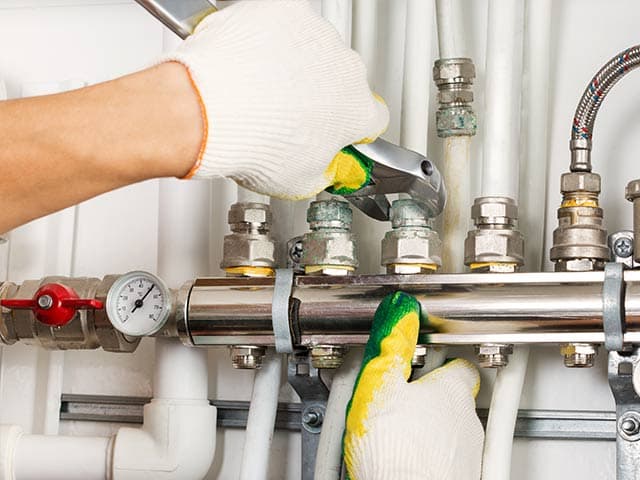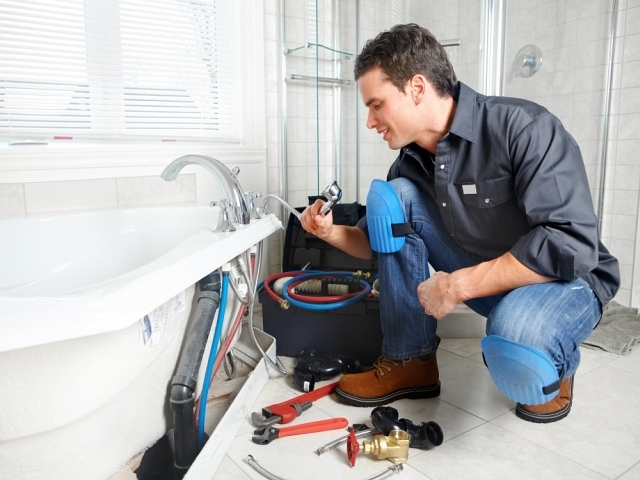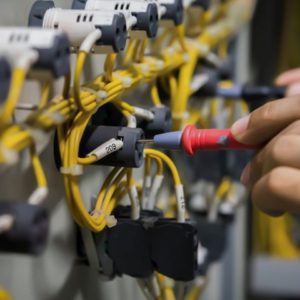Plumbing is an essential aspect of any home, yet it’s often one of the most overlooked until an issue arises. Understanding your home’s plumbing system is crucial for every homeowner, whether you’re a novice or experienced. This beginner’s guide aims to provide comprehensive insights into the fundamentals of residential plumbing, empowering you to identify, maintain, and troubleshoot common plumbing problems. If you want to find great tips and ideas about your home’s plumbing system, you may visit https://hi-techplumbingandair.com/plumbing/well-pumps/ for further info.
Anatomy of a Plumbing System
Before delving into specific components, let’s grasp the basic layout of a typical home plumbing system:
- Supply System: This part brings fresh water into your home from the municipal supply or a well. It comprises a main water line, usually entering through the foundation.
- Fixtures: These include sinks, toilets, showers, and appliances like washing machines and dishwashers, where water is used.
- Drainage System: Once water is used, it needs to be removed. The drainage system comprises pipes that carry wastewater away from the house to the sewer or septic tank.
- Vent System: Vent pipes prevent sewer gases from entering your home and help maintain proper pressure within the drainage system.
Common Plumbing Fixtures
1. Faucets
Faucets control the flow of water in sinks, showers, and tubs. Leaky faucets are a common issue, often caused by worn-out washers or seals. Regular maintenance can prevent wastage and save water.
2. Toilets
Toilets consist of several components, including the bowl, tank, flush valve, and fill valve. Running toilets or clogs are frequent problems. Understanding how the mechanisms work can aid in troubleshooting and simple repairs.
3. Water Heaters
Water heaters provide hot water for bathing, cooking, and cleaning. They can be electric, gas, or tankless. Proper maintenance, such as flushing the tank annually, can extend the lifespan and efficiency of your water heater.
Signs of Plumbing Problems
Recognizing early signs of plumbing issues can prevent costly repairs and water damage. Look out for:
- Dripping faucets
- Slow drains
- Low water pressure
- Running toilets
- Water stains on walls or ceilings
- Unpleasant odors

DIY Plumbing Tips
While some plumbing tasks require professional assistance, there are several tasks homeowners can handle themselves:
- Regular Inspections: Periodically check for leaks under sinks, around toilets, and along visible pipes.
- Clog Prevention: Use drain screens to prevent hair, food particles, and other debris from clogging drains.
- Proper Disposal: Avoid flushing non-biodegradable items down toilets and dispose of grease properly to prevent pipe blockages.
- Winterization: In colder climates, insulate exposed pipes and disconnect outdoor hoses before winter to prevent freezing and bursting.
When to Call a Professional
While DIY maintenance is beneficial, certain issues necessitate professional intervention:
- Major leaks or burst pipes
- Sewer line backups
- Gas leaks
- Water heater malfunctions
- Installation of new plumbing fixtures
Conclusion
Understanding your home’s plumbing system is paramount for every homeowner. By familiarizing yourself with its components, common issues, and maintenance tips, you can save money on repairs, conserve water, and ensure the efficient functioning of your plumbing system. Remember, when in doubt, always consult a qualified plumber to avoid exacerbating problems.






